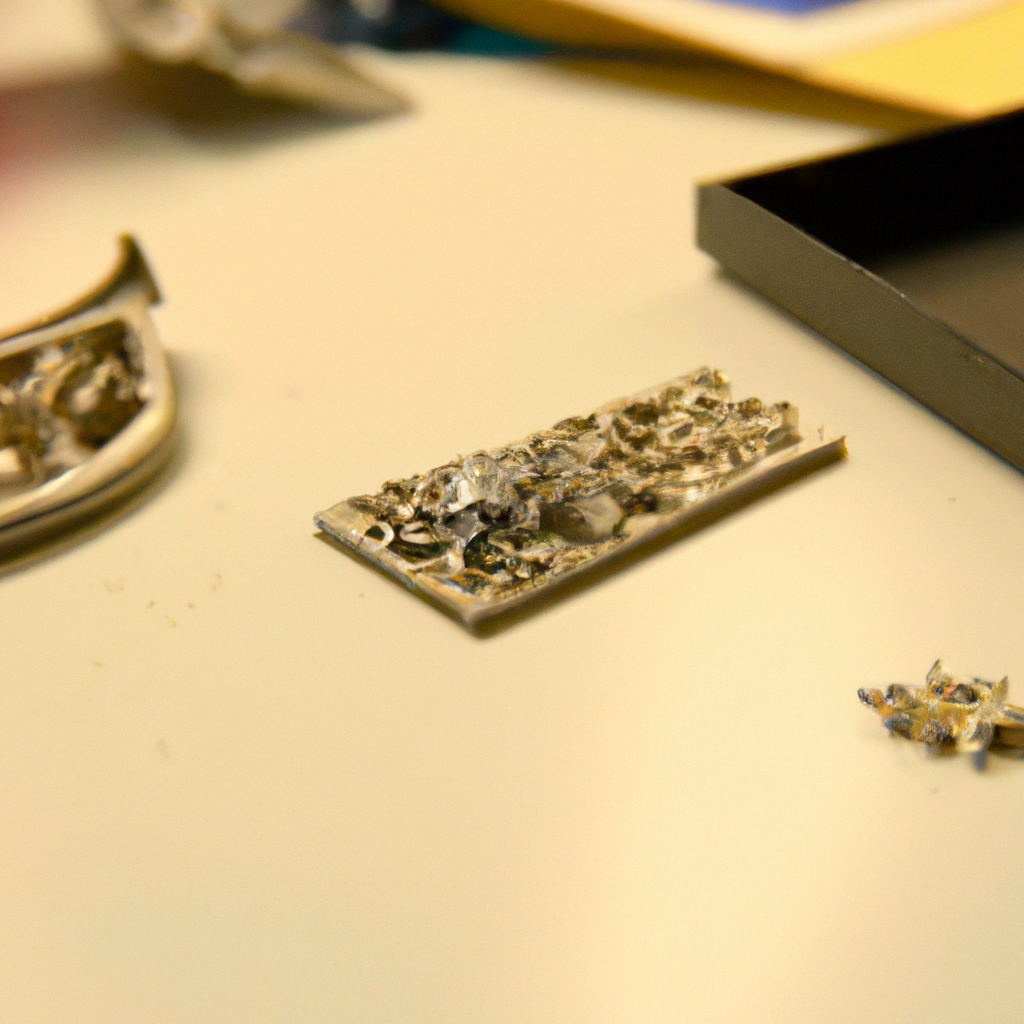Repoussé jewelry is a metalworking technique that has been used for centuries to create handmade jewelry, metal art, metal embossing, metal forming, metal sculpture, and decorative metalwork. This technique involves the use of metalworking tools to create a three-dimensional design on a sheet of metal by pushing the metal from the backside. The result is a raised design on the front of the metal sheet, which can then be used to create a variety of metalwork items, including jewelry.
The process of creating repoussé jewelry involves several techniques, each of which is important in achieving the desired result. These techniques include:
1. Designing the Pattern:
The first step in creating repoussé jewelry is to design the pattern. This can be done using a variety of methods, including drawing the design by hand, using computer software, or tracing an existing design. The design should be drawn on paper in the actual size of the intended jewelry piece.
2. Preparing the Metal:
The metal used for repoussé jewelry can be any type of sheet metal, such as copper, silver, or gold. The metal sheet should be cut to the size of the intended jewelry piece and annealed to make it malleable. Annealing involves heating the metal to a specific temperature and then allowing it to cool slowly, making it easier to work with.
3. Transferring the Pattern:
Once the pattern is designed, it needs to be transferred to the metal sheet. This can be done by tracing the design onto the metal using a stylus or by using a transfer paper. The transfer paper is placed on top of the metal sheet, and the pattern is traced onto it using a stylus, transferring the design onto the metal.
4. Embossing the Metal:
The metal sheet is then placed on a soft surface, such as a leather pad or sandbag, and the design is embossed into the metal from the backside using metalworking tools. The tools used for embossing can be punches, hammers, or specialized metalworking tools designed for repoussé work. The metal is pushed from the backside to create a raised design on the front.
5. Filling and Smoothing:
After the design is embossed, the metal may have holes or uneven areas that need to be filled and smoothed. This can be done using a variety of techniques, including soldering, welding, or hammering. The metal is then smoothed using sandpaper or a polishing wheel to create a finished surface.
6. Finishing:
The final step in creating repoussé jewelry is finishing. This involves adding any final touches, such as patina or surface texture, to the metal to enhance its appearance. Patina can be achieved using a variety of methods, including chemical treatments or heat treatments, to create a range of colors and finishes.
In conclusion, creating repoussé jewelry involves a combination of metalworking techniques, including designing the pattern, preparing the metal, transferring the pattern, embossing the metal, filling and smoothing, and finishing. The process requires a variety of metalworking tools and techniques and can be used to create a range of metalwork items, including jewelry, metal art, and decorative metalwork. With its rich history and versatility, repoussé jewelry remains a popular and enduring art form that continues to inspire and captivate metalworkers and jewelry makers around the world.







